Lavinia Soncini - Giuseppe Tartini: Lieto ti prendo e poi: Solo Violin Sonatas Inspired by Tasso's Poetry (2024)
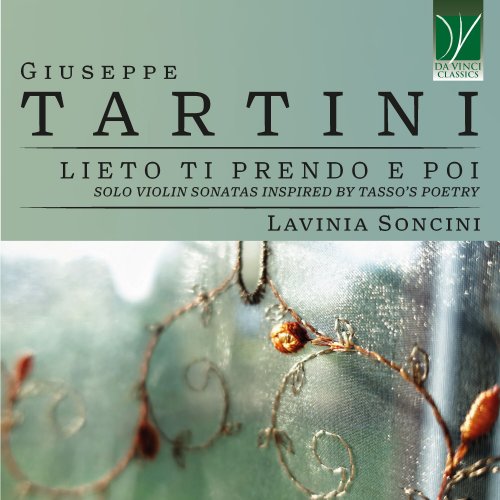
Artist: Lavinia Soncini
Title: Giuseppe Tartini: Lieto ti prendo e poi: Solo Violin Sonatas Inspired by Tasso's Poetry
Year Of Release: 2024
Label: Da Vinci Classics
Genre: Classical
Quality: flac lossless (tracks)
Total Time: 00:54:36
Total Size: 256 mb
WebSite: Album Preview
TracklistTitle: Giuseppe Tartini: Lieto ti prendo e poi: Solo Violin Sonatas Inspired by Tasso's Poetry
Year Of Release: 2024
Label: Da Vinci Classics
Genre: Classical
Quality: flac lossless (tracks)
Total Time: 00:54:36
Total Size: 256 mb
WebSite: Album Preview
01. Sonata No. 17, D. 2: I. Andante cantabile
02. Sonata No. 17, D. 2: II. Allegro assai
03. Sonata No. 17, D. 2: III. “Aria del Tasso”
04. Sonata No. 17, D. 2: IV. Furlana
05. Sonata No. 12, G. 2: I. “Aria del Tasso”
06. Sonata No. 12, G. 2: II. Altro Grave
07. Sonata No. 12, G. 2: III. Canzone veneziana
08. Sonata No. 12, G. 2: IV. Aria
09. Sonata No. 12, G. 2: V. Senza indicazione; Tema e variazioni
10. Sonata No. 4, C. 1: I. Cantabile/andante
11. Sonata No. 4, C. 1: II. Grave “Tormento di quest’anima”
12. Sonata No. 4, C. 1: III. Allegro assai
13. Sonata No. 4, C. 1: IV. Presto
14. Sonata No. 6, E. 1: I. Andante cantabile “Senti lo mare”
15. Sonata No. 6, E. 1: II. Allegro cantabile
16. Sonata No. 6, E. 1: III. Giga
17. Sonata No. 6, E. 1: IV. Allegro Assai
18. Sonata No. 15, G. 3: I. Per Grave l’”Aria del Tasso”
19. Sonata No. 15, G. 3: II. Allegro
20. Sonata No. 15, G. 3: III. Allegro
21. Sonata No. 19, D. 3: I. Andante cantabile
22. Sonata No. 19, D. 3: II. Allegro assai
23. Sonata No. 19, D. 3: III. Siciliana / Andante
24. Sonata No. 19, D. 3: IV. Minuetto
25. Sonata No. 19, D. 3: V. Aria: allegro assai
Whilst the idea of a “history of music” took shape only in relatively recent times, the same cannot be said of literature. Music was conceived of as something perishable, something written and composed for an occasion, or determined by a trend of taste and interests; something destined to last just in memory, and not to be transmitted, preserved, re-presented. A properly historical concept of music arose only in the late eighteenth century. Instead, the study of works of ancient poets, dramatists, or narrators, had always be a fundamental component of education. The principle of imitation was pivotal. Literates should imitate first and foremost nature, but also the models of their forefathers and predecessors. Originality was not as valued as the adherence to sanctioned models, which constituted a tradition in whose framework originality itself should find its place.
In Italy, Torquato Tasso was one of the epoch-making authors whose “authority” (in the fullest sense of the word) was constantly referred to. In turn, his works did not grow up in isolation, but explicitly made references to the tradition of the ancients, with their epic poems and their Arcadian settings. Tasso’s Gerusalemme liberata (completed in 1575) represented, in the views of both his contemporaries and those coming later, a “modern” (or rather early-modern) reinterpretation of the grand style of epic poetry. It was a quintessentially Christian kind of epic poetry, and the Parnassus of the gods of old was radically reinterpreted and transformed. The incipient Baroque era was already imagined and suggested by the taste for the wonderful and wondrous which marked the early modern examples of epic poetry.
These traits united epic poetry with other artistic genres, including the visual arts and music (with special emphasis on opera). Visual art created awe-inspiring and amazing buildings with trompe-l’oeil frescoes, such as those found in some basilicas whose ceiling seems to have been removed in order to let human beings glimpse the life of heaven. Indeed, such frescoes have much in common with theatrical scenery, and the guiding principles of both are virtually the same. The whole world becomes a theatrical stage, on which the emotions, feelings, affections, and situations are extremized and polarized.
Opera brings that dimension of theatre to its full, since music contributes importantly to the creation, or re-creation, of that “theatre of life”. But opera was by no means the only field of vocal music in which the art of sounds embraced late-Renaissance and early Baroque poetry. Songs, madrigals, and the likes, were also an extraordinary repository of creativity; here, lyrics by contemporary poets, but also by authors of much earlier epochs, continued to be set to music with constantly renewed formulas. Poetry which might have two or more centuries of history kept challenging composers of the Renaissance, Baroque and Classical era, and, even when new lyrics were written, frequently they referenced (at times very openly) the topoi, the gestures, the style, the content, the rhymes, and the overall atmosphere of their models.
For instance, poet Paolo Rolli (1687-1765) was a leading figure of Arcadian poetry: the serene and tranquil pace of “pastoral” poetry was a field in which he excelled, and works such as his famous Solitario bosco ombroso seemed to be written with the specific purpose of being set to music. The rhythm of his verses, the pleasant choice of the sounds, the idyllic settings, all concur to creating the perfect background for an elegant musical setting. And musical settings it did earn, by the dozen; among the others, Giuseppe Tartini was one who allowed the fascination of this “lonely shadowy wood” to fascinate him.
Tartini had set some stanzas of this poem to music, whilst to others he gave a musico-symbolical representation, by depicting its atmospheres by means of his music.
And the influence of these settings, in turn, went far beyond the boundaries of vocal music, inspiring, and in part determining, also the creation of purely instrumental, and therefore non-texted, works. Tartini was no newcomer in his field; in his output, we find several works provided with a (more or less hidden) “program”: one need simply recall one of Tartini’s most famous Sonatas, i.e. the one dedicated to the forsaken Dido (Didone abbandonata).
This Istrian-born composer, and Venetian citizen at the time of the Serenissima’s greatest splendour, was one of the greatest violin virtuosi of his time, and probably of all times. Born in Piran, he received his first education there, but was soon sent to Capodistria (now Koper) to where he studied at a prestigious college, learning to play the violin, but also excelling in the art of fencing. He kept practising this skill also during the time of his university studies in Law in Padua, and he even considered becoming a professional master of fencing. His projects were overturned, however, by incidents following an adventurous love story. The low profile he had to keep during the following two years, which he spent in the Sacro Convento of Assisi, was beneficial to the history of music. In the secluded atmosphere of the religious house, he devoted time and energy to the violin and to the study of composition with a Bohemian-born musician (a friar of the convent). When the turmoil following his sentimental adventures had subsumed, he was allowed to resume his musical activity in Ancona and elsewhere. He was deeply inspired by Francesco Maria Veracini, one of the greatest violinists of his time, whose technique he took as his example. Since 1721, Tartini worked in the musical Chapel of the famous Basilica del Santo in Padua, where he found an excellent milieu. He spent three years in Prague, where he earned the appreciation of such musicians as Quantz; back to Italy, he toured many cities in the northern-central part of the Peninsula. He became a reference figure for his teaching, which was sought for by violinists coming from all over Europe (France, England, Germany). He was also appreciated for his teaching of composition (Salieri studied with him), and as a valued interlocutor of aristocratic and cultivated personalities. He was also highly interested in theoretical matters (he is credited with the discovery of the so-called “third sound” on the violin), and left a conspicuous number of speculative works.
He was profoundly interested in extra-musical matters, such as literature. For instance, it is said that he used to read a sonnet by Petrarch before setting to work in his compositional activity; allegedly, he had a particular fondness for that poem, and he stated that this reading gave him an “object”, a “content” whose expression he sought to find in his musical works.
Another poet whose works were particularly congenial to Tartini was Metastasio, the great librettist and dramatist whose fluent verses support so many of the most memorable arias of the Classical era.
Tartini’s literary inspiration is particularly evident in the case of Torquato Tasso: the label “Aria del Tasso” is found in his works, along with references to “Canzone veneziana” (“Venetian Song”) or “Furlana” (“Forlane”). These suggestions highlight Tartini’s constant search for inspiration in the realm of literature and of poetry.
In four out of the six Sonatas recorded in this Da Vinci Classics CD we find different variants of the so-called “Aria del Tasso”, a well-known theme at the time: the composer leans towards the concept of “musica naturalis” and “music of the people”, hence “popular”; that which could bring him back to simplicity. This aspect automatically leads to the main characteristic of Nature as opposed to artifice and everything that is not spontaneous. Another poem cited earlier in these liner notes, Solitario bosco ombroso, is almost certainly the source of Tartini’s Sonata D3, also recorded here.
As the recording artist of this Da Vinci Classics album writes, “I find this union with poetry significant and extremely important, an image of a choice that surely aimed to go beyond the purely instrumental, technical, and virtuosic sphere reserved for the violin, almost aiming to achieve an idea of authenticity, that essentiality that could bring it closer to a more linear and pure conception, all concepts prioritized and well represented in Tartini’s last productive phase.
Music and poetry thus make the instrument a very important vehicle capable of reaching a very high level of communication, fully autonomous in its support and never devoid of a specific guiding line”.
This recording encompasses works from a collection of 26 small Sonatas, in autograph manuscripts; they are true gems depicting an invaluable treasure, both for technical completeness and compositional beauty.
In reality, the collection comprises 31 Sonatas (the five rediscovered ones belong to the second part of the manuscript, undoubtedly the most complex to reconstruct): 14 of these have bass accompaniment, 17 without; in a letter addressed to his friend Algarotti, Tartini writes: “My small Sonatas for Solo Violin sent here have the bass for ceremony: a particularity that I did not write. I play them without the bassetto, and this is my true intention.” These few lines leave no doubts about the nature of these Sonatas, hence the desire to fully respect this precise indication of the composer.
In this form, they bear witness to Tartini’s standing as a great virtuoso, a profound connoisseur, and an innovator, above all. His heritage remains as a valuable witness of his compositional intelligence, of his sensitivity, of his creative powers and of the indelible mark he left on the music of his century and of the following eras. Now that we passed the 250th anniversary of his death (commemorated in 2020), it becomes increasingly clear that his influence went well beyond what has been observed until now, and that it needs to be fully re-evaluated in order to be more deeply appreciated.and general audience, granting to all a touching and deeply involving listening experience.
![LRK Trio, Elizaveta Korneyeva and Euphoria Orchestra - LRK Orchestra (2025) [Hi-Res] LRK Trio, Elizaveta Korneyeva and Euphoria Orchestra - LRK Orchestra (2025) [Hi-Res]](https://www.dibpic.com/uploads/posts/2025-12/1766210674_qm8oj75twl1x5_600.jpg)
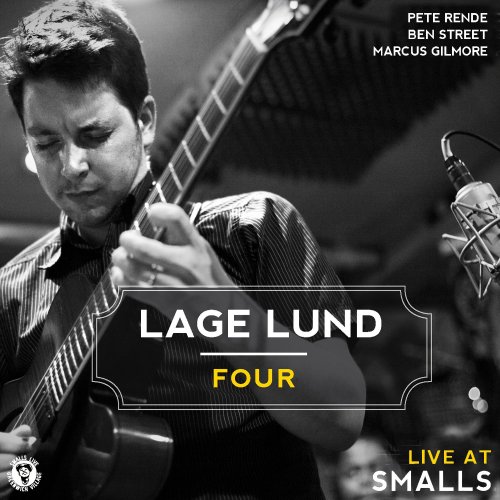

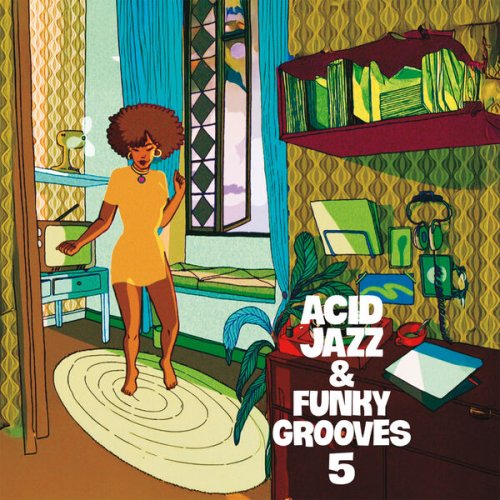

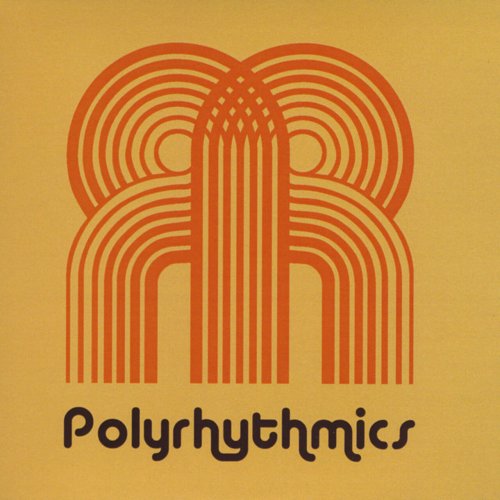
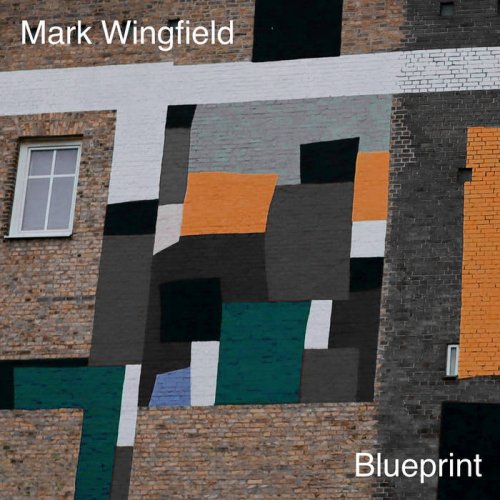
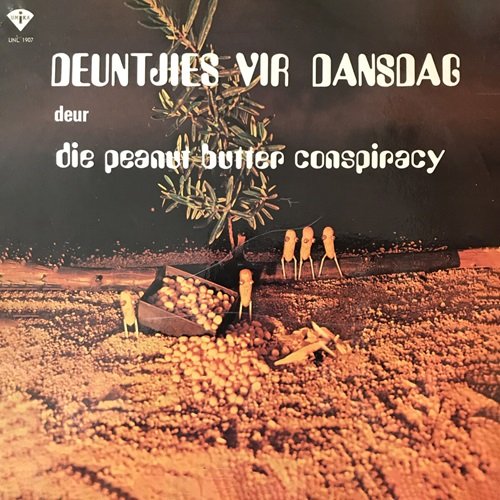
![Philippe Chrétien, Jeannot Steck - Eclipse - The Album (2025) [Hi-Res] Philippe Chrétien, Jeannot Steck - Eclipse - The Album (2025) [Hi-Res]](https://www.dibpic.com/uploads/posts/2025-12/1766208210_folder.jpg)